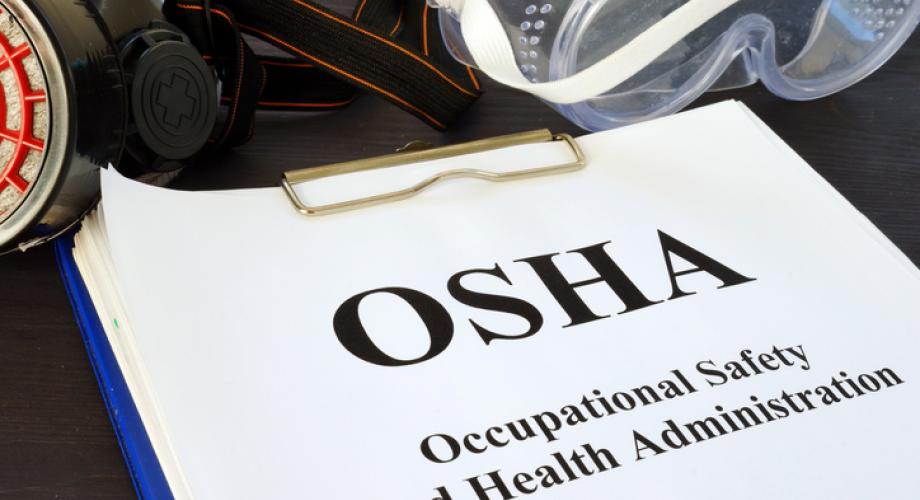The U.S. Department of Labor’s (DOL) Occupational Safety and Health Administration (OSHA) has announced a proposed rule on “Heat Injury and Illness Prevention in Outdoor and Indoor Work Settings.” If adopted, this rule would impact rental housing communities significantly and potentially developers’ responsibilities at work sites. The National Apartment Association (NAA) is leading the industry's response in collaboration with the National Multifamily Housing CouncilThe comment period closes on December 30, 2024.
The proposed rule would require employers to develop and execute a written heat injury and illness prevention plan, take substantial heat-injury related precautions, provide trainings and perform regular program reviews and updates. These requirements are generally triggered when one of two applicable heat thresholds are reached, they are:
- An “initial heat trigger” equal to a heat index of 80 degrees Fahrenheit or a “wet bulb globe temperature” and
- A “high heat trigger” equal to a heat index of 90 degrees Fahrenheit or a “wet bulb globe temperature”
The proposed rule requires a covered employer to monitor indoor and outdoor work areas using one of the two heat threshold measures (‘heat index’ or ‘wet bulb’ standards).
Once triggered, a number of actions must be taken by an employer depending on whether the heat exposure is at the initial heat trigger threshold or has moved to the high heat trigger point, including providing cool water, a shaded or air-conditioned break area, use of acclimatization plans for new employees, or existing employees returning from vacation, allowing voluntary breaks or in certain cases paid 15-minute breaks in the designated break areas.
All covered employers must also develop and execute a Heat Injury and Illness Prevention Plan containing specific provisions that incorporate the input of impacted employees. This plan must be made readily available to all employees in languages that all employees, supervisors and heat safety coordinators understand.
In addition to our continued federal advocacy with the Biden Administration, NAA recognizes that this proposed rule may have significant impacts on rental housing providers and will assist affiliate partners and members in understanding any new federal compliance responsibilities.
To learn more, please contact Joe Riter, NAA’s Senior Manager, Public Policy.
